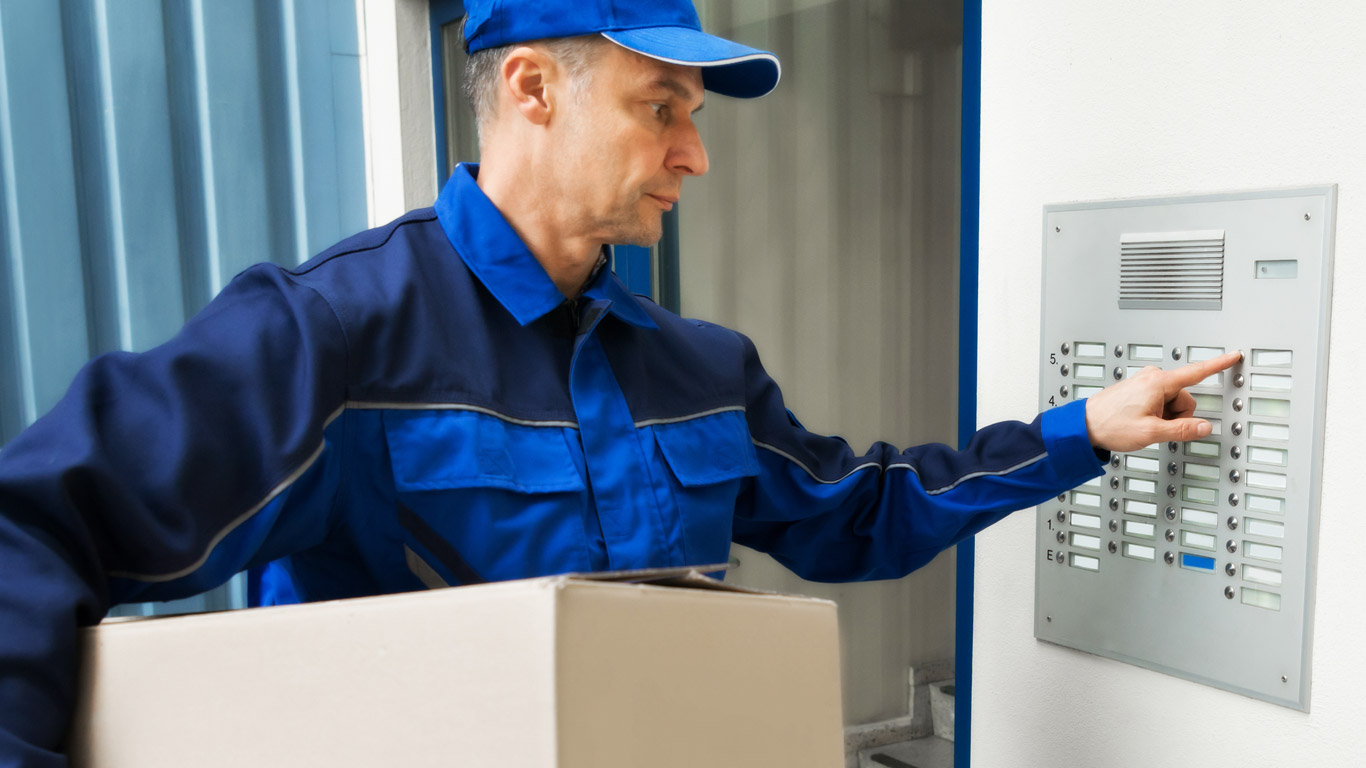This post has already been read 9004 times!
Last mile delivery comprises up to 28% of the total logistics costs, and it poses significant challenges. But there are ways to simplify and streamline it…
Companies offering last mile delivery solutions are faced with an increasingly competitive marketplace. They are constantly challenged by customer demands, driver shortages, and squeezed by economic factors like rising fuel costs and regulatory pressures.
LAST MILE describes the movement of people and goods from a transportation hub to a final destination in the home. Click To TweetTo ensure an excellent customer experience, it’s a good idea for companies to diligently manage their pickup, shipping and last mile delivery processes. This involves customer care at the point of transfer, driver, vehicle and route management, and service offerings.
Here are a few but important steps to help you streamline the last mile delivery process:
1. Adopt Technology that Aligns with Business Needs
All too often companies implement technology only to find that it doesn’t quite work as promised, and they need to adapt their business processes to fit the technology. This is backwards. Businesses should be in control of their business processes and the technology should be flexible to meet those needs.
A logistics solution should offer advanced functionality in a completely integrated solution, providing consistency in reporting and execution, ease of use, and visibility into the entire distribution process going into the last mile delivery for ecommerce.
When evaluating technology to consider ease and speed of implementation, flexibility to support your business processes, and reliability as well as service level commitment.
2. Establish Standard Operating Procedures
Start with a thorough data analysis so you have current benchmarks against you can measure performance. The best running delivery operations are those that establish engineered standards for every aspect of the delivery process. Use historical data to identify and create best practices around activities such as load times and service times on particular routes used for last mile tracking. (A modern logistics solution should provide robust and useful analytics to support this analysis.)
3. Prioritize Planning
Consumer expectations are higher than ever, especially when it comes to service. Consumers expect more frequent deliveries of fewer items and are not willing to accept broad delivery windows that keep them tied to their homes for hours. With careful planning, businesses can become more efficient in running their delivery operations, narrow their delivery windows, and in doing so improve their customer service levels.
The last leg of the supply chain is often less efficient, comprising up to 28% of the total cost to move goods. Click To Tweet4. Optimize Transportation
Last-mile freight costs will be shared among all supply chain participants by some combination of having them pay directly for the costs, through package optimization or order consolidation, or by creating demand density through time-definite deliveries or sweep distribution.
Another way to control transportation costs is to use customer incentives to help offset these transportation costs incurred by the last mile delivery.
5. Measure Your Performance
With a plan in place, you can assess planned versus actual load, study the last-mile delivery and services times. This will enable you to increase driver productivity and accountability; measure on-time delivery rates; and determine where schedule and process adjustments need to be made to ensure customer requirements are met at the lowest cost.
By measuring your performance against standards, you can see where the gaps are and tune operations to increase asset utilization, improve profitability and ensure appropriate levels of customer service.
Go the Extra Mile
Other factors to consider that can impact your last mile logistics are:
- Put the customer first – being customer-driven is a necessity today, and 24/7 customer care for end consumers through call center, website, app and social networks can play an important role in ensuring customer satisfaction
- Handle with care – Have special storage and handling procedures to protect high value shipments
- Focus on speed – using expedited services and direct routes minimizes touch points and dwell time—the two most vulnerable areas
- Use route planning and risk analysis tools – for example, help ensure shipments are assigned the right level of security
- Make payment easy – offer multiple modes of payment on delivery collection (POS machine, wallets etc) equipped last mile team
Last mile delivery is an increasingly important part of giving today’s customers the service they expect. Looking at your logistics with a fresh eye and applying just a few of the strategies and tips above can improve your service, control logistics costs, and lift your customers’ satisfaction.
[contentblock id=7 img=gcb.png]
- 5 Ways to Streamline the Last Mile Logistics - July 14, 2017
